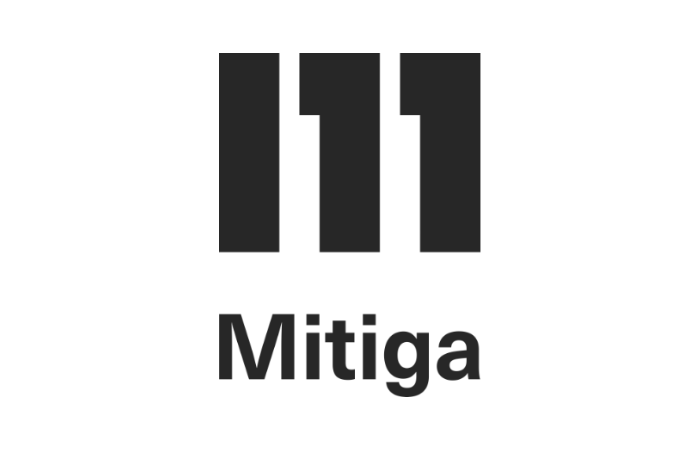Descripció del projecte
Assessing the impact of climate-related extreme hazard events on people and the built environment requires a robust understanding of the impact of large-scale climate conditions on local weather and atmospheric phenomena. Given the relatively coarse resolution of state-of-the-art global climate models (ranging between 50-200km), downscaling methods (e.g., Sunyer et al., 2012) are often used to resolve small scale regional features.
Downscaling methods that map large scale features on a higher resolution grid using statistical approaches are widely used -in lieu of more robust but significantly more computationally demanding dynamical downscaling approaches.
The objective of this project is to incorporate recent advances in ML and AI to address the main limitations of statistical downscaling, namely the physical inconsistencies between variables, originating from the lack of constraints by physical principles. High resolution dynamical models (e.g., WRF, Skamarock et al., 2019) will be used as a benchmark for the development of statistical approaches that offer suitable alternatives to dynamical downscaling in terms of accuracy, while maintaining the advantage of significantly reduced computational demands.
Sunyer, M. A., H. Madsen, and P. H. Ang. “A comparison of different regional climate models and statistical downscaling methods for extreme rainfall estimation under climate change.” Atmospheric Research 103 (2012): 119-128.
Skamarock, William C., et al. “A description of the advanced research WRF model version 4.” National Center for Atmospheric Research: Boulder, CO, USA 145.145 (2019): 550.



